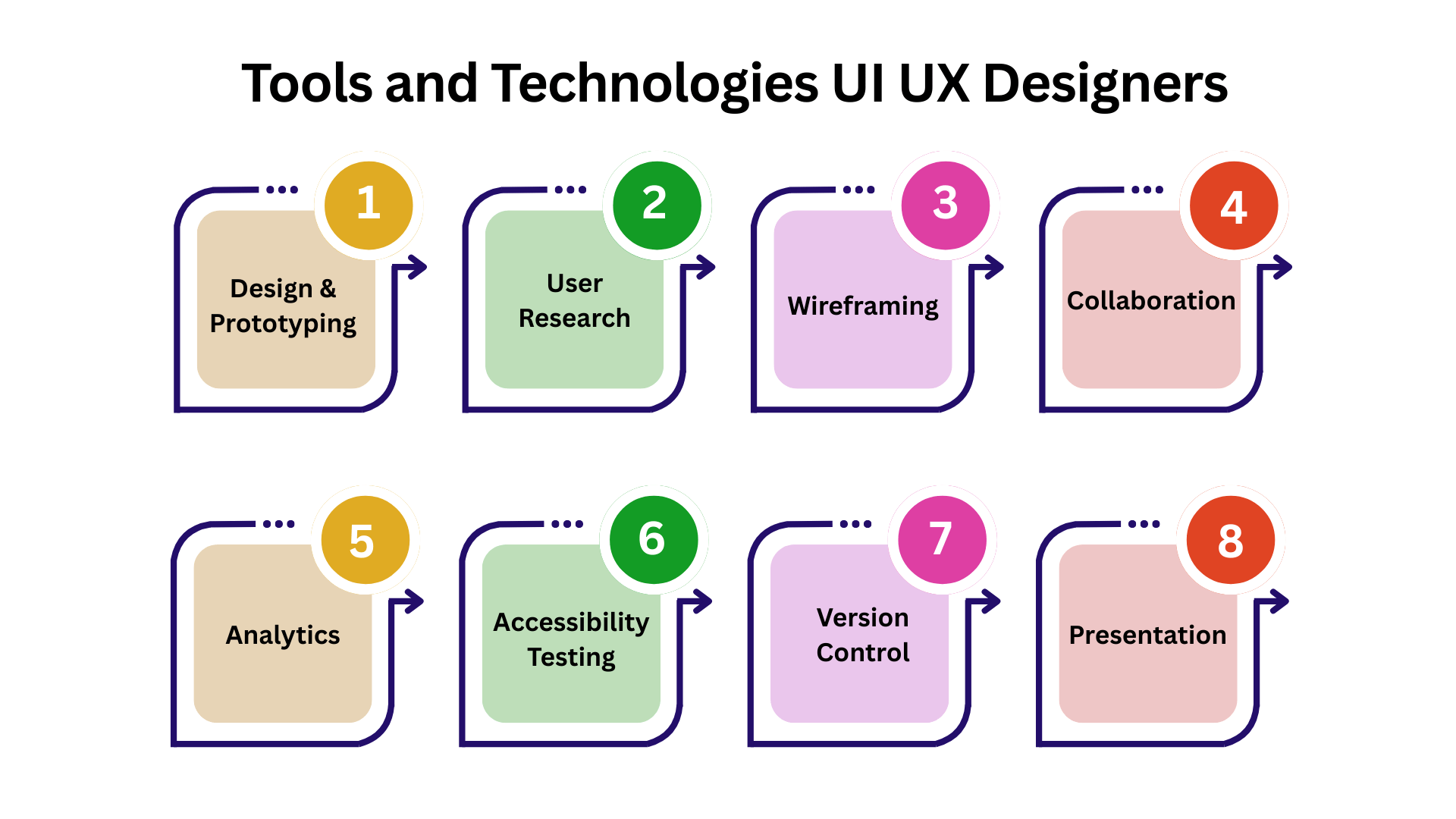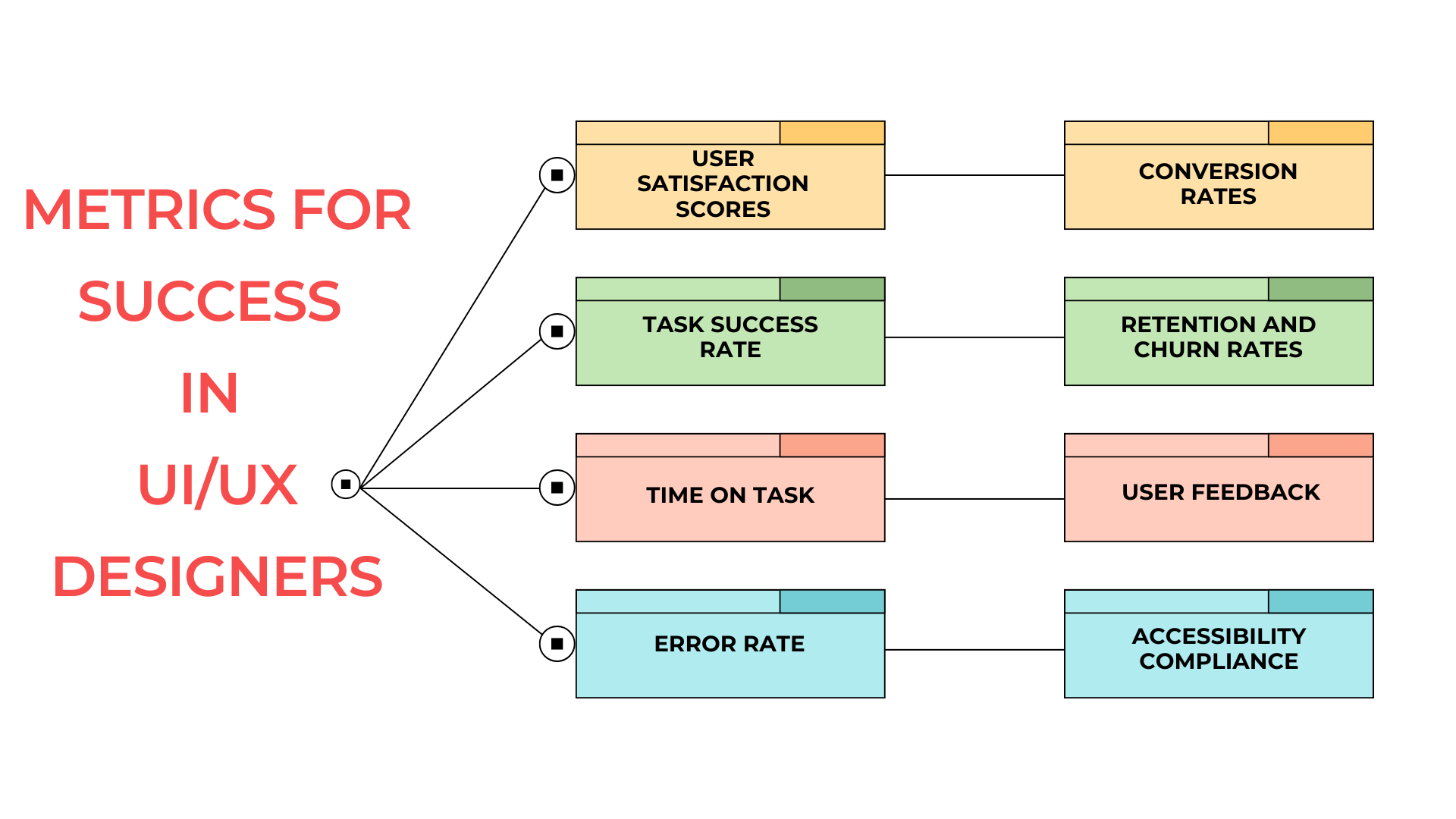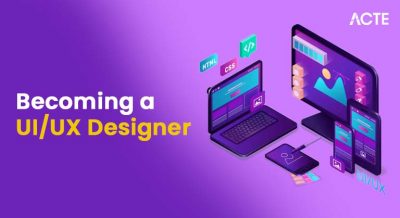
- Overview of the Role
- Key Responsibilities
- Required Skills
- Tools and Technologies
- Educational Background
- Design Tasks and Research Tasks
- Collaboration Expectations
- Sample Job Description
- Metrics for Success
- Experience Requirements
- Work Environment
- Growth Path and Promotions
- Conclusion
Overview of the Role
A User Experience (UX) Designer is a professional responsible for enhancing user satisfaction by improving the usability, accessibility, and pleasure provided in the interaction between the user and the product. The UX Designer focuses on the overall feel of the product, making sure it logically flows from one step to the next, minimizing friction and confusion for the user. UI/UX Design Training is a multidisciplinary field combining psychology, design, research, and technology. UX Designers aim to create seamless, efficient, and enjoyable experiences across websites, applications, and other digital interfaces.
Ready to Get Certified in UI/UX Design? Explore the Program Now UI/UX Design Online Training Offered By ACTE Right Now!
Key Responsibilities
The daily and project-based responsibilities of a UI/UX Designer often include:
- User Research: Conducting interviews, surveys, usability tests, and competitor analysis to understand user needs and behaviors.
- Persona Development: Creating detailed user personas that represent different user types and needs.
- User Journey Mapping: Visualizing the user’s interaction with a product across various touchpoints.
- Wireframing & Prototyping: Designing low to high-fidelity wireframes and interactive prototypes to test and demonstrate design concepts.
- Information Architecture: Structuring content and navigation logically and intuitively.
- Usability Testing: Planning, moderating, and analyzing usability tests to gather feedback and improve designs.
- Interaction Design: Defining how users interact with the interface, including button states, transitions, and animations.
- Collaboration: Working closely with UI designers, developers, product managers, and stakeholders to implement the designs.
- Design Documentation: Creating clear and comprehensive design specifications for developers.
- Iterative Design: Continuously improving the product based on user feedback and analytics.
- Advocacy: Championing user-centered design principles within the company.
Required Skills
Successful UI/UX Designer blend a range of hard and soft skills:
Hard Skills:
- User Research Methods: Qualitative and quantitative techniques, surveys, interviews, card sorting.
- Wireframing & Prototyping: Expertise with tools like Figma, Adobe XD, Sketch, Axure.
- Information Architecture: Ability to organize content for findability and usability.
- Usability Testing: Planning tests, recruiting users, analyzing data.
- Interaction Design: Understanding of microinteractions, feedback, and affordances.
- Visual Design Fundamentals: Typography, color theory, and layout basics.
- Analytics & Metrics: Familiarity with tools like Google Analytics to track user behavior.
- Accessibility: Understanding of WCAG guidelines and inclusive design.
Soft Skills:
- Empathy: Deep understanding of users’ pain points and motivations.
- Communication: Clearly articulating design decisions to non-designers.
- Collaboration: Working well in cross-functional teams.
- Problem Solving: Designing innovative solutions to complex challenges.
- Adaptability: Open to feedback and agile workflows.
- Time Management: Handling multiple projects and deadlines efficiently.
Tools and Technologies
UX Designers leverage a variety of tools for different parts of the design process:
- Design & Prototyping: Figma, Adobe XD, Sketch, InVision, Axure RP.
- User Research: UserTesting, Optimal Workshop, Hotjar, Lookback.io.
- Wireframing: Balsamiq, Moqups.
- Collaboration: Miro (for whiteboarding), Jira, Trello, Slack.
- Analytics: Google Analytics, Mixpanel.
- Accessibility Testing: Axe, WAVE.
- Version Control: Abstract (for Sketch), Figma’s version history.
- Presentation: PowerPoint, Keynote for stakeholder presentations.
- Bachelor’s degree: In Human-Computer Interaction (HCI), Psychology, Graphic Design, Computer Science, Information Technology, or related fields.
- Certifications: In UI/UX design from platforms like Nielsen Norman Group, Interaction Design Foundation, Coursera, or specialized bootcamps.
- Continuous Learning: UX is evolving; successful designers stay updated with new tools, methods, and industry trends.
- Creating wireframes and mockups.
- Building interactive prototypes.
- Defining UI elements’ behavior.
- Designing for accessibility.
- Applying brand guidelines.
- Conducting user interviews.
- Running A/B tests.
- Analyzing heatmaps and user flows.
- Performing competitor benchmarking.
- Synthesizing qualitative and quantitative data to inform design.
- Product Managers: Aligning designs with business goals and roadmap.
- UI Designers: Ensuring visual and interaction consistency.
- Developers: Translating designs into functional products, addressing technical constraints.
- Marketing Teams: Understanding customer needs and positioning.
- Customer Support: Gaining insights into user pain points.
- Stakeholders: Presenting and justifying design decisions.
- Conduct user research and create personas.
- Design wireframes, user flows, and prototypes.
- Collaborate with UI designers and developers.
- Facilitate usability testing and iterate based on feedback.
- Present design solutions to stakeholders.
- Bachelor’s degree in relevant field or equivalent experience.
- Proficient with Figma, Adobe XD, or Sketch.
- Experience conducting usability testing.
- Strong portfolio showcasing UX work.
- Excellent communication and collaboration skills.
- User Satisfaction Scores: Using tools like SUS (System Usability Scale) or NPS (Net Promoter Score).
- Task Success Rate: Percentage of users completing a task without errors.
- Time on Task: Time taken by users to complete specific goals.
- Error Rate: Frequency of user mistakes.
- Conversion Rates: Increase in signup, purchase, or engagement rates after design changes.
- Retention and Churn Rates: Impact of UX improvements on user loyalty.
- User Feedback: Ratings and comments collected through surveys or support channels.
- Accessibility Compliance: Meeting WCAG standards.
- 0–2 years of practical experience.
- Solid portfolio with case studies.
- Basic understanding of research and design tools.
- 2–5 years of experience.
- Proven ability to lead design efforts and mentor juniors.
- Experience with complex projects.
- 5+ years of industry experience.
- Strategic thinking and stakeholder management.
- Cross-disciplinary skills including business and technical understanding.
- Leadership and project ownership.
- In-house Teams: Collaborate daily with product and development teams.
- Agencies: Handle multiple clients, adapt to varied industries.
- Freelance: Manage own projects, clients, and timelines.
- Remote or Hybrid: Increasingly common, requiring strong digital communication skills.
- Junior UX Designer: Focus on learning tools, executing tasks, supporting senior designers.
- UX Designer: Own projects end-to-end, conduct research, design and test solutions.
- Senior UX Designer: Lead complex projects, mentor juniors, influence product strategy.
- Lead UX Designer or UX Manager: Oversee UX team, define UX vision, collaborate with executives.
- UX Director / Head of UX: Strategic leadership, integrating UX across company-wide products.
- Chief Experience Officer (CXO): Executive role responsible for overall user experience strategy.

To Explore UI/UX in Depth, Check Out Our Comprehensive UI/UX Online Training To Gain Insights From Our Experts!
Educational Background
Many employers value practical experience and portfolios as much as formal education. Though formal education paths vary, common backgrounds for UI/UX Designer include:
Design Tasks and Research Tasks
Both tasks are iterative, influencing each other to refine the product continuously.
Design Tasks:
Research Tasks:
Collaboration Expectations
UX Designers rarely work in isolation. Effective communication and teamwork are essential to incorporate feedback and deliver successful products. Their role involves close collaboration with:
Sample Job Description
Job Title: UI/UX Designer
Location: [Company Location]
Job Summary:
We are looking for a passionate UI/UX Designer Training to join our product team. You will be responsible for conducting user research, designing wireframes and prototypes, and working closely with cross-functional teams to create intuitive and engaging digital experiences.
Responsibilities:
Requirements:
Looking to Master UI/UX Design? Discover the UI/UX Design Expert Masters Program Training Course Available at ACTE Now!
Metrics for Success
Good UX designers use these metrics to justify design decisions and iterate. Measuring the success of a UX Designer involves qualitative and quantitative metrics:

Experience Requirements
Entry-level UX roles may require:
Mid-level roles often require:
Senior roles demand:
Work Environment
The role requires a balance of independent work (research, design) and teamwork (meetings, presentations). UX Designers work in diverse environments:
Preparing for UI/UX Design Job Interviews? Have a Look at Our Blog on UI/UX Design Interview Questions and Answers To Ace Your Interview!
Growth Path and Promotions
Continuous skill development and networking help accelerate this growth. Career progression typically follows this path:
Conclusion
The UI/UX Designer Training role is central to creating meaningful, effective user experiences in digital products. It demands a blend of creative, analytical, and interpersonal skills. Whether you’re starting as a junior or aiming for leadership, understanding the responsibilities, skills, tools, and growth opportunities is key to a successful career. By focusing on user research, collaboration, and iterative design, UX Designers play a vital role in bridging the gap between user needs and business goals crafting experiences that delight users and drive product success.





